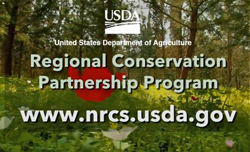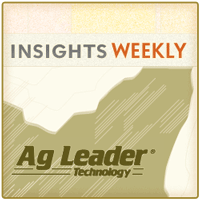 Trimble has added automatic pipe sizing to its Farm Works™ Surface software. The new feature allows contractors and farmers to improve accuracy and increase efficiency when designing farm drainage systems.
Trimble has added automatic pipe sizing to its Farm Works™ Surface software. The new feature allows contractors and farmers to improve accuracy and increase efficiency when designing farm drainage systems.
Farm Works Surface is an analysis and design tool that works with the Trimble® WM-Drain® farm drainage solution. This new feature provides recommended drainage pipe sizes for an entire system design, as well as an estimate on cost and material required for the project. With this feature, drainage contractors and farmers can quickly and efficiently produce optimal drainage designs while also reducing project costs. The designs can be imported to in-field drainage equipment for automated installation using the Trimble FmX® integrated display.
Benefits of automatic pipe sizing include:
– Designing an efficient drainage system to remove excess water from the soil in order to enhance crop yield
– Decreasing errors with a simplified design process that eliminates manual calculation
– Achieving cost savings by ensuring the correct size of pipe is installed in the right place in the field
“The addition of automatic pipe sizing to our Farm Works Surface software provides real benefit to contractors and farmers because it sizes the drainage pipe based on input from the entire drainage system and not just a tile line at a time,” said David Fitzpatrick, Water Solutions business area director of Trimble’s Agriculture Division. “This new feature can contribute to increased system efficiency due to optimal pipe sizes, and can also help contractors provide a more accurate quote to their customers, while enabling them to know exactly how much material to purchase.”





 There has been a lot of buzz recently over precision ag data and its recent integration into the world of cloud computing. This buzz has sparked quite a debate over who really owns this data. Does the grower own this data, or is this data available for others? This debate seems to be gaining as much traction as the classic argument; “which tractor is better; green, red, blue, purple or yellow?”
There has been a lot of buzz recently over precision ag data and its recent integration into the world of cloud computing. This buzz has sparked quite a debate over who really owns this data. Does the grower own this data, or is this data available for others? This debate seems to be gaining as much traction as the classic argument; “which tractor is better; green, red, blue, purple or yellow?” 
